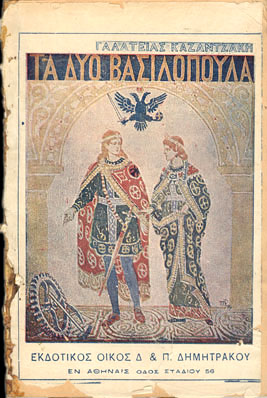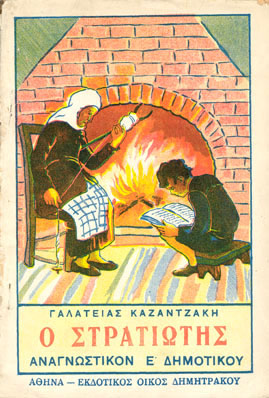Europe in the Interwar Years: Political Maturity and the Conception of Salvatores Dei (1920-1924)
The defeat suffered by the Venizelos government in the 1920 elections brought an end Kazantzakis’ term in the Ministry of Welfare. Disillusioned by political developments and by the assassination of his friend Ion Dragoumis, he went to Germany for a month (in January 1921).
On his return he isolated himself in Kifissia with his friend K. Sfakianakis and worked on a tragedy entitled Christ. Thereafter he travelled through Crete and the Peloponnese and, having secured a commission from the publisher D. Dimitrakos he left for Vienna. Kazantzakis spent the summer there, dedicating his time to writing. The curious skin complaint which appeared on his face, and which Dr. Stekel termed a “mask of sexuality”, led to him studying Freudian theory.
In autumn 1921 he settled in Berlin. There he worked on Salvatores Dei, attended the Congress of Educational Reformers, met Rahel Lipstein’s “fiery circle” and fell under the spell of Lenin. In the summer of 1923 he travelled around Germany, visiting Nietzsche’s birthplace. In early 1924 he travelled to Italy, where he stayed in Assisi until April.
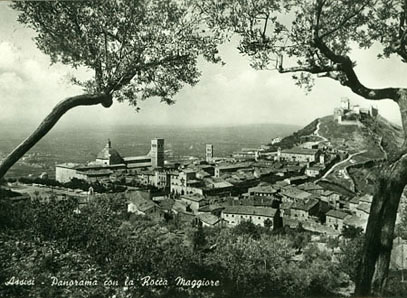
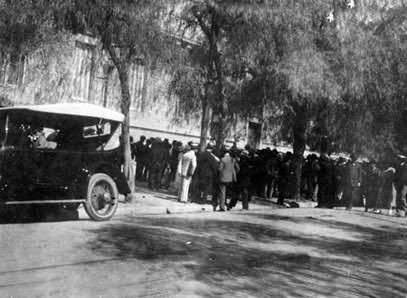
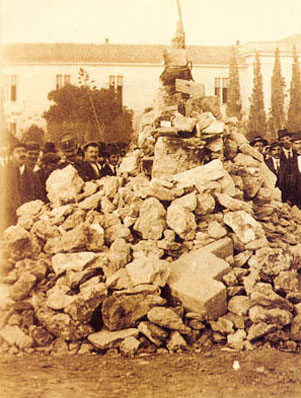
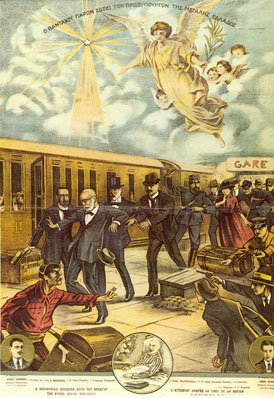
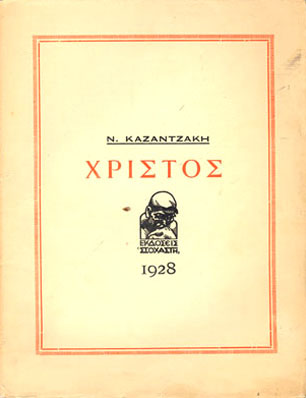
Writing
In Vienna, Kazantzakis set about writing a novel entitled A Year of Solitude, which remained unpublished, as well as a 3000-line verse Buddha which he destroyed. In Berlin he rewrote Buddha in prose, but once again destroyed the manuscript. It was at this time that he conceived the idea for Salvatores Dei, and began work on a first draft.
Berlin
In addition to his writing activites, Kazantzakis was systematically involved in working towards social revolution.
During his time in Vienna and Berlin, he attempted to found a communist-oriented political and literary journal called Nova Graecia [New Greece], which was to be the organ of a league called “Those Alive” ( a reference to Ion Dragoumis’ novel by the same name). He even approached Greek politicians and intellectuals He even approached politicians and intellectuals such as G. Papandreou, A. Papanastassiou and K. Rados as perspective collaborators, but lack of response and financing problems put paid to his plans.
This was the time when thought of moving to Russia, and studied Russian under Loukas Kastanakis.
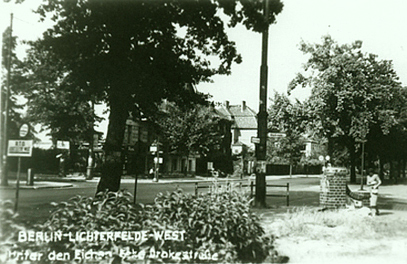
Salvatores Dei
While in Berlin in the summer of 1922, Kazantzakis began composing Salvatores Dei [The Saviors of God]. The work was completed in Berlin in early 1923. It was in this form that it appeared in Anayennisi [Renaissance], a periodical owned by Dimtris Glinos. In 1928 Kazantzakis reworked the text, adding a final chapter entitled “Silence”.
Other revisions followed up until 1944, when the author wrote to Prevelakis saying that he considered no further corrections necessary. The work provoked widespread reaction, including demands that Kazantzakis be put on trial for atheism. The trial was set for 10th June 1930, but never took place.
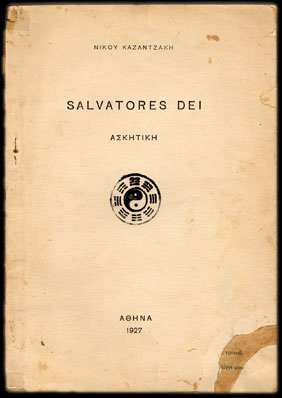
The Congress of Educational Reformers
Kazantzakis demonstrated intense, systematic interest in educational matters. As a founding member of the “Educational Association” he supported the implementation of a new education system based on the introduction of demotic (vernacular) Greek. It was in these terms that he wrote textbooks, first with Galatea and later with Eleni Samiou.
In Berlin he attended the Congress of Educational Reformers, and was impressed by their proposals. Kazantzakis later gave a detailed description of the Soviet education system in his travel book entitled Russia, and wrote two children’s novels (At the Palaces of Knossos and Alexander the Great).
In the 1930s he translated and adapted a large number of novels for children, including works by Verne, Swift and Dickens.
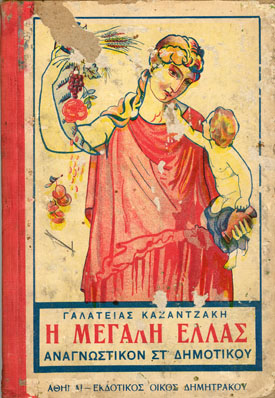
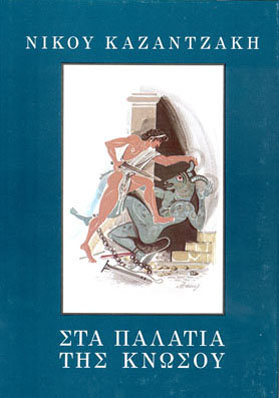
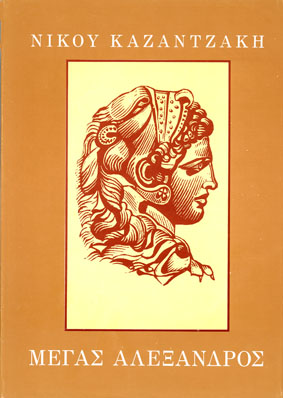
Dragoumis
Kazantzakis acknowledged that his early political thought was influenced to a decisive degree by Dragoumis’ ideology. The two men were close friends. They often met at the Frangopoulos family home, and Dragoumis paid frequent visits to the Kazantzakis couple at their house in Anagnostopoulou Street.
Although Kazantzakis was later to repudiate aristocratic nationalist ideology, his esteem for Dragoumis remained the same. In addition to his tragedy The Master Builder, Kazantzakis dedicated the canto “Alexander the Great” to Dragoumis.
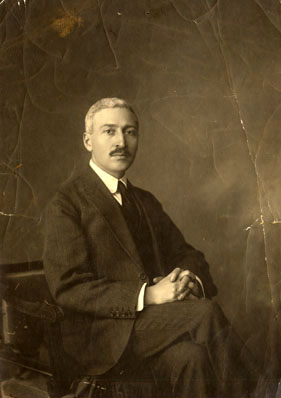

Isolated
Kazantzakis often spent extended periods in solitude, whether to compose his works or to overcome a spiritual crisis. For example, he spent a month in the summer of 1915 isolated in the Monastery of the Virgin Mary of the Mountain on Sifnos, writing a work about Mount Athos.
It would seem that his ideal was to create a “monastery”, where friends and spiritual companions could live and work. He attempted to realise this dream with Sikelianos, Sfakianakis, Istrati and, later, with Prevelakis.
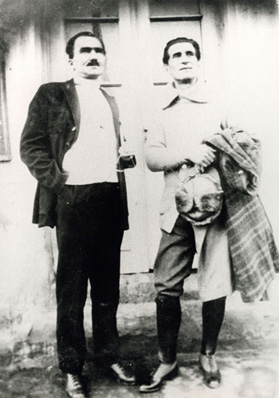
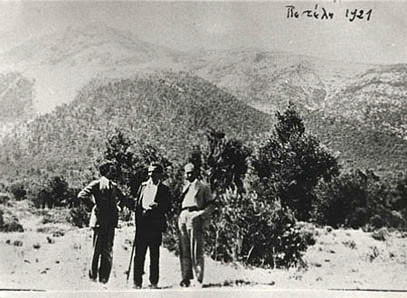
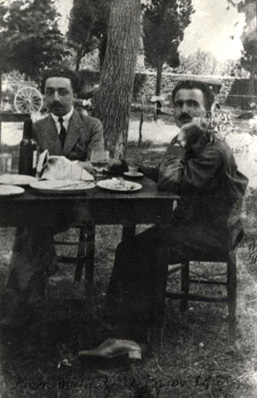
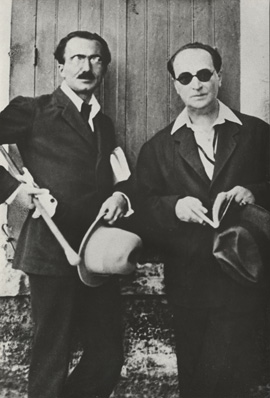
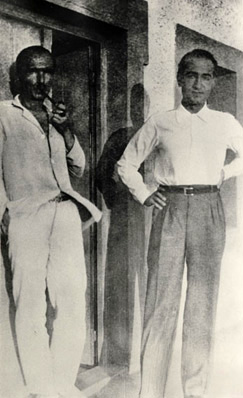
“The Fiery Circle”
In Berlin Kazantzakis met a young Polish Jewess named Rahel Lipstein, who introduced him to her circle of revolutionary women friends - Itka Horowitz, Dina Mattus and others.
In that “fiery circle” as the author himself terms it, he observed the troubled atmosphere of post-war Germany and was initiated into the ideology of social revolution.
He was later to meet Itka once more, in the Soviet Union, where he lived with here for a while. He met up with Rahel a second time in Paris in 1946.

Lenin
The admiration Kazantzakis felt for Lenin was founded in non-communist terms. The author was impressed by the dynamic force of the revolutionary leader, calling him a “saviour” and ascribing him a “prophetic” or “messianic” dimension to him (form this point of view, typical descriptions can be found in Russia and Report to Greco.
As the incarnation of revolutionary force, Lenin appears in the Odyssey as the Nile. During his third trip to the Soviet Union, Kazantzakis dedicated a canto to him and wrote a script about him.



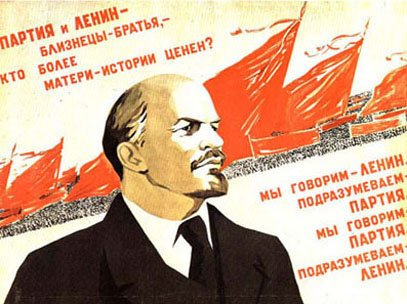
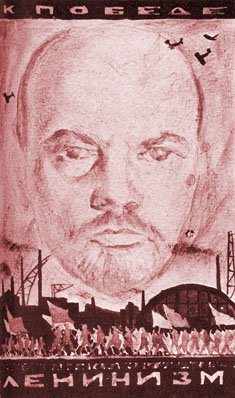
Travels around Germany
Kazantzakis met Elsa Lange in Dornburg in June 1923. They toured small medieval towns in Germany, studying Homer, Buddha and Hassidic texts, and then travelled to Ravenna and Assisi. They met up again in Jerusalem in 1926, and in Antibes in 1952. Kazantzakis always had a portrait of her in his study, and it was to her that he dedicated his tragedy entitled Christ.
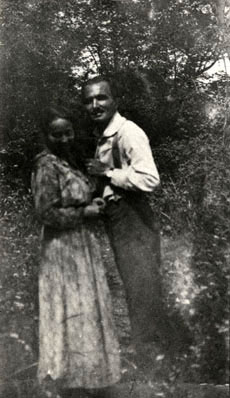




Assisi
Assisi is linked to Saint Francis, one of Kazantzakis’ spiritual guides. During his first stay there (February – April 1924) he met Johannes Joergensen, one of the saint’s biographers, and studied the life and legends of St. Francis. He later translated Joergensen’s biography and wrote the novel God’s Pauper. Kazantzakis visited Assisi again in 1926 and 1952.
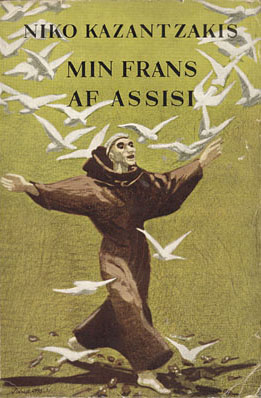
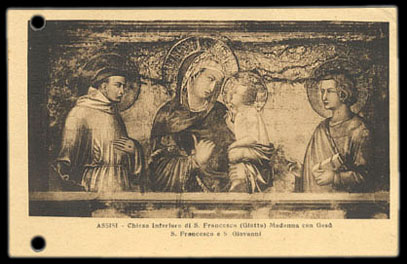
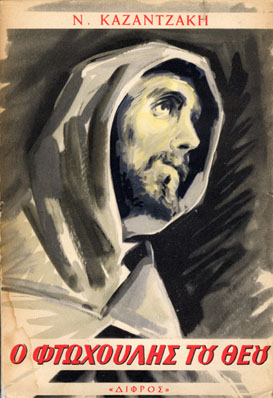
Publisher D. Dimitrakos
Before leaving for Europe, Kazantzakis signed a contract with the publisher D. Dimitrakos to write a series of history textbooks for primary school classes. In 1914 he had worked with Galatea in writing a series of readers, which were eventually published under her name. As he discovered, the readers were known to the Greeks of the Caucasus in 1919. In 1934 he wrote two further schoolbooks together with Eleni Samiou.
